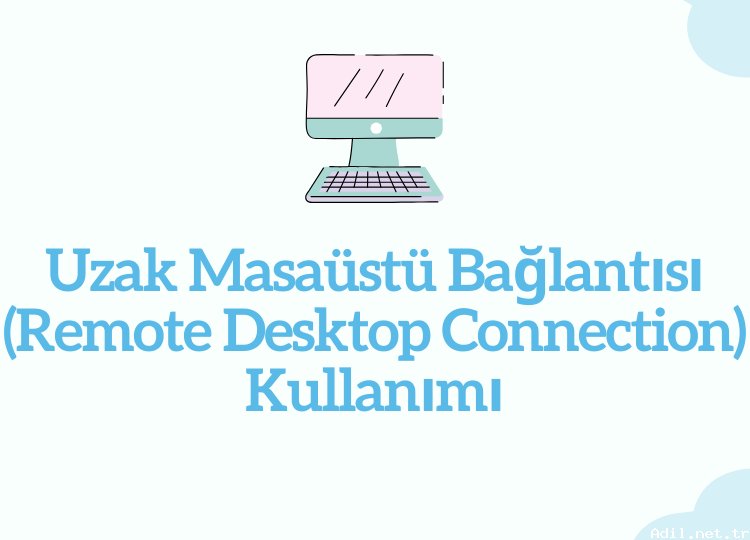
What is Windows CMD? How does it work? What are its features?
Windows Command Prompt (CMD) is a command line interface included in the Microsoft Windows operating system. CMD allows individuals to manage their computers in a text-based environment and perform different operations through commands.
CMD is a specialized system that allows individuals to manage files and folders, change system configurations, control network connections, install software, perform automation operations, and perform many more tasks. Individuals can use a set of built-in commands via CMD or create their own custom scripts.
Newer versions of Windows include a more advanced command line interface called PowerShell instead of Command Prompt. PowerShell offers more comprehensive commands and automation features, but Command Prompt is still used to perform many basic operations.
Windows Command Prompt (CMD) allows individuals to manage their computers using text-based commands.
How Does CMD Work?
Although CMD allows users to manage their computers and require different operations by entering commands, in general the CMD working system has its own unique method. If you apply these methods correctly, you can manage your computer comfortably.
• Launch: To launch CMD, you can launch the Command Prompt application by typing "cmd" from the Start menu or the Search box. Alternatively, you can start it by opening the "Run" window and typing "cmd".
• Command Entry: When CMD starts, a text-based window appears before the user. You can perform operations by typing commands here. For example, you can list the files and folders in the current directory by entering the "dir" command.
• Executing Commands: You need to press the Enter key to run the commands you type. CMD interprets the command and writes the desired action to the directory. Most often, commands produce output or start a process.
• Outputs: When commands are executed, some of them can produce output. These outputs can be displayed on the screen or redirected to another file. A list of files and folders listed with the "dir" command is displayed, as in the example above.
• Working Environment: CMD performs operations based on the files and folders in the directory where the user is working. Individuals can change directories with the "cd" command or create new folders with commands such as "mkdir".
• Exit: After completing the operations, you can use the "exit" command to close CMD or click the "Close" button at the top of the window.
CMD allows individuals to perform many basic tasks and is among the systems frequently used, especially by system administrators and developers. To learn more about the commands and their use, it is also possible to use CMD's built-in help system using the "help" command.
Windows Command Prompt (CMD) provides a number of features and functions for individuals to perform different operations.
What are CMD Features?
CMD, which is among the most preferred features in advanced computer usage situations, offers great convenience to users thanks to the features it offers. In general terms, the features it offers to users are;
• Text-Based Interface: CMD has a text-based interface. Individuals use text-based commands to perform commands and operations, and the results are displayed text-based.
• Command Interpretation: Individuals have the opportunity to manage their computers by entering different commands in CMD. These commands include file and folder management, system configuration, network management and more.
• Help System: While CMD offers individuals a built-in help system to get information about different commands and operations, it allows individuals to have detailed information about a particular command, especially by using the "help" command.
• Directory and File Management: CMD allows individuals to manage files and folders. Individuals can modify the existing directory, view files, create folders, copy, move and delete.
• Memory Management: CMD provides individuals with memory management tools. Individuals can monitor memory usage, kill processes and services, and control system resources.
• Network Management: CMD provides commands to configure network settings and perform network-related operations. Individuals can control network connections, manage IP configuration, and configure network services.
• Forwarding and File Transfer: CMD allows individuals to forward files and text streams. Individuals can transfer data from one file to another, redirect output to another program, or filter file content.
These features allow individuals to perform different tasks using CMD. Available in many versions of the Windows operating system, CMD still remains important as an essential tool for many users. It offers new features to users with the updates.
Release date : 14.03.2024 Author : Samet Views : 742 Category : Windows





